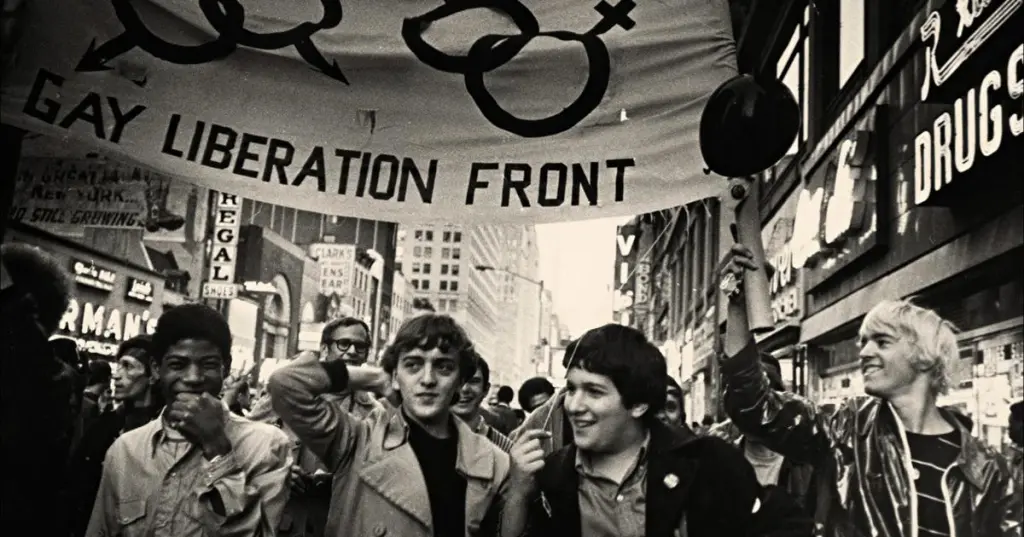The Stonewall Riots: Igniting the Modern LGBTQIA+ Rights Movement
- VaultBoyBrett
- Jun 2, 2024
- 2 min read
In the early morning hours of June 28, 1969, something extraordinary happened at the Stonewall Inn in New York City. What began as a routine police raid on a gay bar turned into a days-long rebellion that would change the course of LGBTQIA+ history forever. The Stonewall Riots, also known as the Stonewall Rebellion, marked a pivotal moment in the fight for LGBTQIA+ rights. Let's examine the events of that significant night and discuss their enduring effects.

The Stonewall Inn: An Urban Sanctuary
The Stonewall Inn, located in Greenwich Village, was no glamorous establishment. It was grubby, barely legal, and frequented by some of the most marginalized members of New York’s LGBTQIA+ community. Underaged and unhoused individuals, people of color, and drag performers found solace within its walls. Gay bars like Stonewall were rare havens where people could be open about their sexual orientation. Despite the risks, they provided a space for connection, camaraderie, and self-expression.

The Raid That Backfired
Police raids on gay bars in Manhattan were commonplace during the 1960s. Officers would storm in, threatening and beating patrons, while those inside would line up on the street for arrest. But on that fateful night in 1969, something changed. When the police raided Stonewall, the patrons and onlookers fought back. The ensuing chaos—characterized then as a riot—would later be recognized as the Stonewall Rebellion.


Sparking the Modern LGBTQIA+ Movement
The Stonewall Riots were a pivotal event that had both immediate and long-term impacts on the LGBTQIA+ community. Here’s how:
Formation of Activist Groups: The Immediate Response
In the immediate aftermath of the riots, activists rallied together, sparking a wave of activism that had not been seen before. Groups like the Gay Liberation Front and the Gay Activists Alliance emerged from the chaos, focusing their efforts on fighting for basic human rights for LGBTQIA+ individuals. These organizations became the driving force behind political activism, advocating tirelessly for equality, visibility, and acceptance.
Solidarity and Inspiration:
Stonewall became a symbol of resistance against social and political discrimination. It inspired solidarity among homosexual groups for decades.
While the riots didn’t single-handedly initiate the gay rights movement, they acted as a catalyst for a new generation of LGBTQIA+ activism.
Legacy of Political Organizations:
The Stonewall uprising galvanized the creation of numerous gay rights organizations, including:
Human Rights Campaign (HRC)
GLAAD (formerly Gay and Lesbian Alliance Against Defamation)
PFLAG (formerly Parents, Families, and Friends of Lesbians and Gays).
These organizations continue to advocate for LGBTQIA+ rights, visibility, and acceptance.
The Stonewall Riots were more than a rebellion—they were a spark that ignited a movement. Each June, during Pride Month, we honor the history of Stonewall. As we celebrate progress, let us remember the brave individuals who stood up that night, forever changing the course of LGBTQIA+ rights. Their resilience and defiance continue to inspire generations, reminding us that the fight for equality is far from over.
Stay Tuned for Day 3 of the Celebrating Pride Series, Thank you for reading, and Happy Pride!
Sources:
















Comments